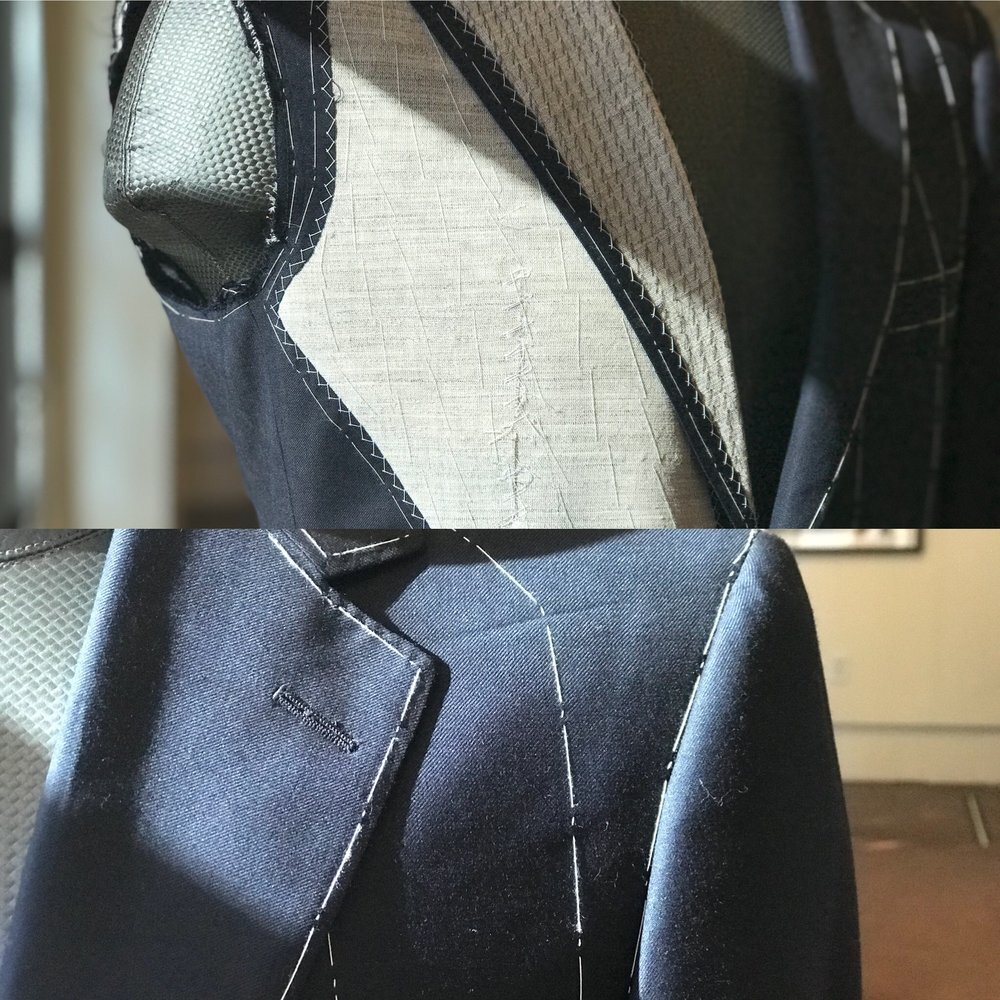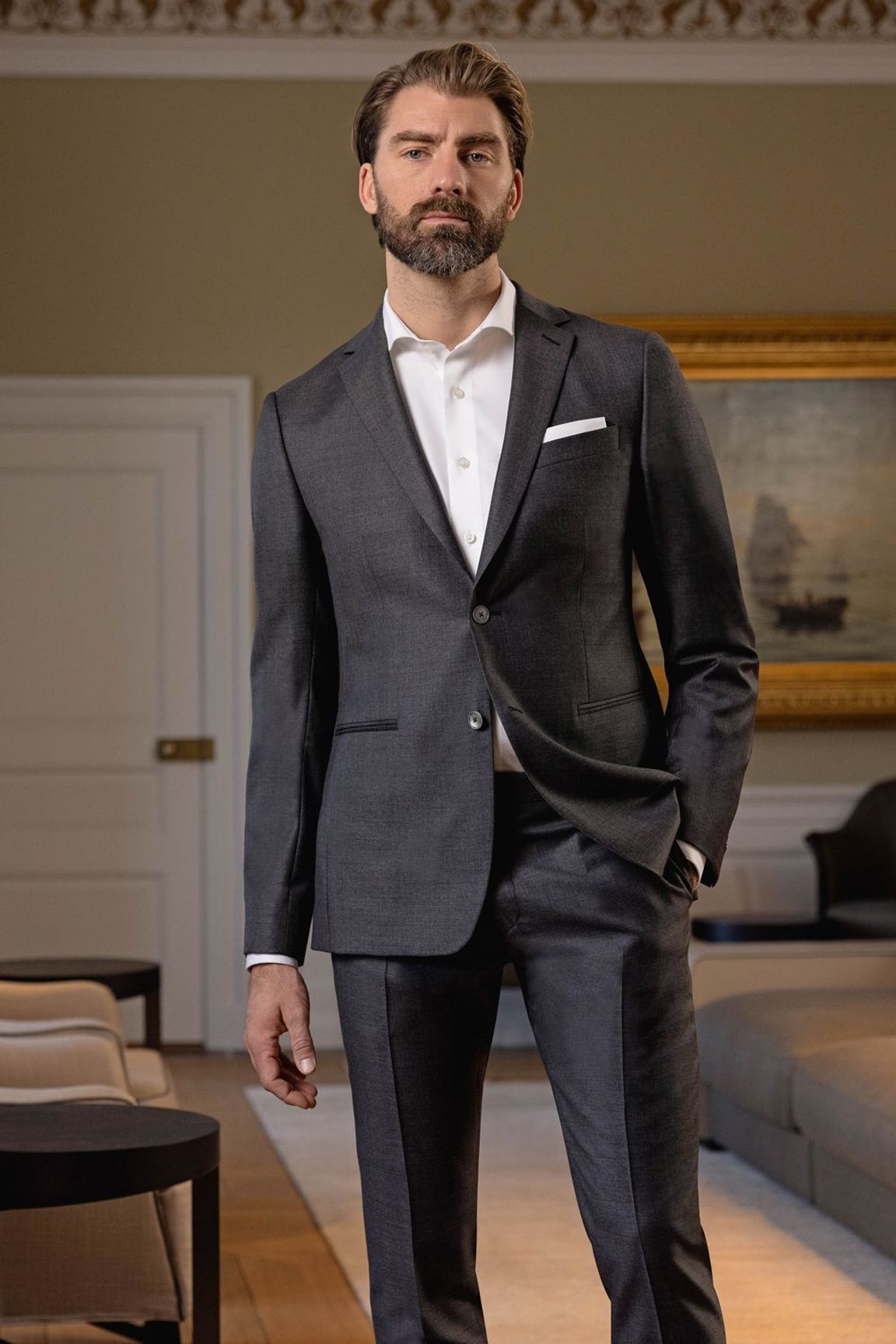Tailor Suits Perth: Discover the Perfect Fit for Every Occasion
Tailor Suits Perth: Discover the Perfect Fit for Every Occasion
Blog Article
Understanding the Tailoring Process: From Fabric Selection to Final Fitting for the Suitable Wardrobe
The tailoring process is a complicated interplay of art and science, beginning with the important choice of material selection and culminating in the accurate modifications of final fittings. Each fabric type brings unique qualities that influence not just the visual charm however additionally the garment's long life and viability for different events. Understanding the nuances of customizing strategies can boost one's closet to unmatched levels of sophistication. As we check out these aspects additionally, one need to think about exactly how even the tiniest information can substantially affect the overall end result of one's individual style.
Relevance of Textile Selection
Picking the best textile is vital in the tailoring procedure, as it directly affects the comfort, longevity, and general visual of the final garment. The option of material establishes the foundation for the garment's efficiency, performance, and design. Different textiles possess special residential properties, such as breathability, stretch, and weight, which can considerably influence how the garment drapes and fits the body.

A tailored item made from an ideal material not only showcases craftsmanship yet likewise elevates the user's confidence. Comprehending the nuances of textile choice is vital for any type of tailoring undertaking. It ensures that the end product not only meets the visual needs of the client however additionally aligns with useful requirements, therefore accomplishing an unified balance in between form and feature in the tailored closet.
Kinds Of Fabrics and Their Usages
Understanding the different kinds of textiles offered is important for making educated decisions during the customizing process. Each material has distinct features that dictate its viability for details garments and occasions.
Its versatility allows it to be tailored into whatever from tee shirts to outfits. Its all-natural elasticity helps garments maintain shape over time.
Silk emanates deluxe and is light-weight, making it excellent for eveningwear and fragile shirts; however, it requires careful handling due to its frailty. Linen, with its textured surface, is a prominent option for cozy climates, supplying a crisp and airy feel, however it wrinkles quickly, which may affect the garment's appearance.
Synthetic fabrics, such as polyester and nylon, deal resilience and resistance to wrinkles, making them suitable for everyday wear and energetic clothing. Recognizing these textile kinds and their homes allows for better decision-making, ensuring that each customized item not just fits well however also aligns with the desired function and event.
The Tailoring Techniques Explained
The art of customizing relies upon a range of techniques that transform textile into well-fitted garments. Central to this process is pattern composing, where a dressmaker creates templates based upon the client's measurements and wanted style. This preliminary action makes sure that the garment will fit the user appropriately before any kind of cutting occurs.
As soon as patterns are established, reducing methods enter into play. Accuracy is paramount as errors can cause misfitting garments. Tailors frequently make use of different cutting techniques, such as single-layer cutting for complex designs and multiple-layer reducing for efficiency on typical patterns.
Basting is one more essential method, allowing dressmakers to temporarily sew fabric items together for a preliminary installation (wedding suits perth). This technique supplies the opportunity to examine the drape and overall silhouette prior to last stitching
Seaming strategies, consisting of flat-felled seams and French joints, enhance the garment's resilience and visual appeal. Tailors likewise utilize strategies such as interfacing and padding to supply framework and shape to particular locations, like collars and shoulders.
Last but not least, finishing methods, consisting of hemming and edge completing, make sure the garment's long life while providing a refined appearance. With each other, these strategies form the backbone of efficient customizing, causing beautiful, custom-fit clothing.

Fitting Changes and Factors To Consider
After the preliminary customizing strategies have been used and the garment is built, fitting changes end up being paramount to attaining the ideal fit. These adjustments attend to different aspects of the garment, guaranteeing it contours to the wearer's body form and improves total appearance.

The surge of pants is another crucial element; it ought to rest pleasantly over the hips without creating pain, permitting convenience of motion. Hemming lengths for both pants and skirts should reflect the user's recommended design while appreciating proportions.
Moreover, interest ought to be tailored suits perth provided to the back of the garment, ensuring that there are no unsightly pulls or excess textile - top tailor perth. Each adjustment needs to be diligently thought about, as even small modifications can considerably impact the total fit and aesthetic of the tailored item, eventually leading to a closet that shows confidence and refinement
Preserving Your Tailored Wardrobe
Proper upkeep of tailored garments is vital to protecting their fit and appearance gradually. To guarantee long life, routine cleansing is critical. Constantly comply with the treatment label guidelines, which may advise dry cleansing for delicate textiles or device cleaning for more long lasting products. Prevent constant laundering, as this can wear down the textile and alter the garment's shape.
Storage is just as important; use padded wall mounts for coats and coats to preserve shoulder framework, and shop trousers folded neatly or hung to avoid creasing. Secure garments from direct sunlight, which can fade shades and damage fibers.
Additionally, periodic inspections for minor repairs can prevent bigger concerns. Look for loosened switches, fraying seams, or signs of moth damage, addressing these issues quickly to preserve the garment's integrity.
Lastly, take into consideration seasonal turning. Using tailored pieces in small amounts permits materials to recuperate, extending their lifespan. By applying these upkeep methods, you can guarantee that your tailored garments continue to be as excellent as the day you first used them, boosting your excellent closet for years ahead.
Final Thought
The customizing process, including fabric choice, skilled methods, and specific fitting adjustments, plays an essential duty in developing garments that enhance both comfort and design. Recognizing the significance of maintenance expands the life of customized garments, solidifying their value in a well-curated wardrobe.
Report this page